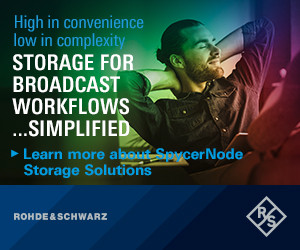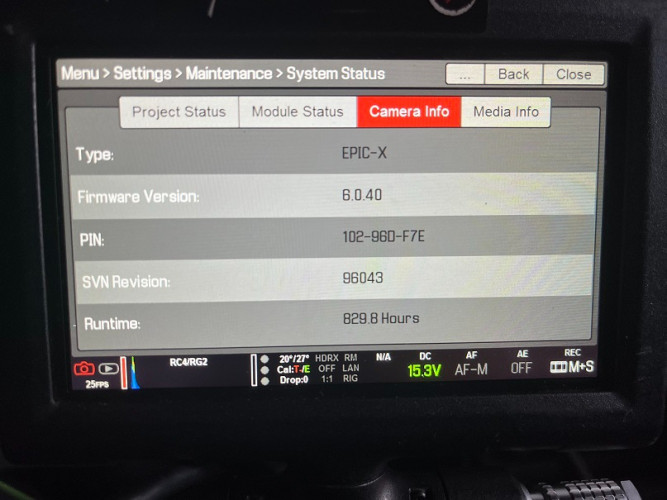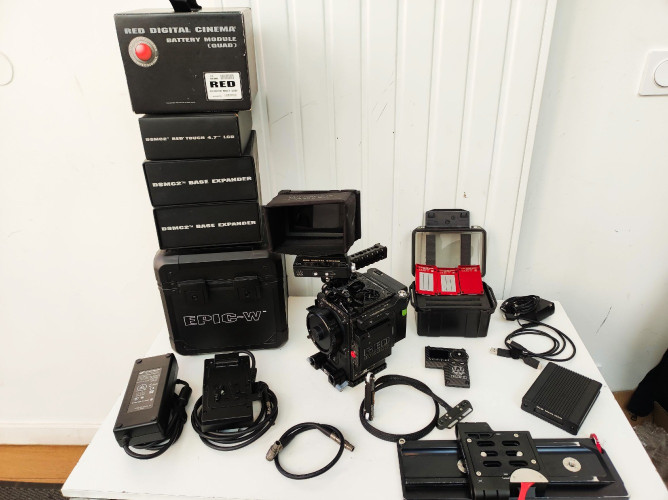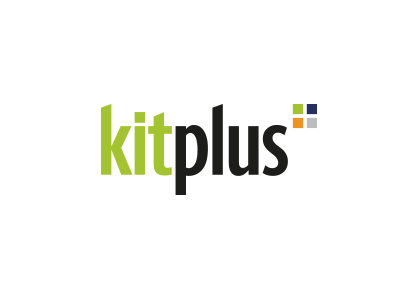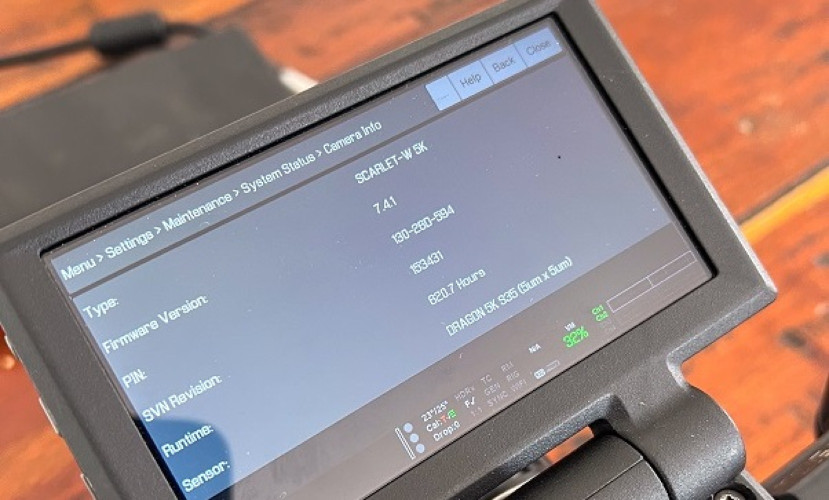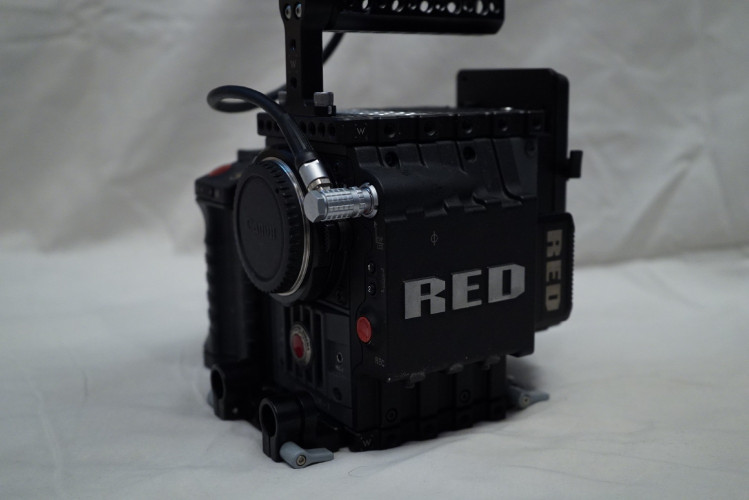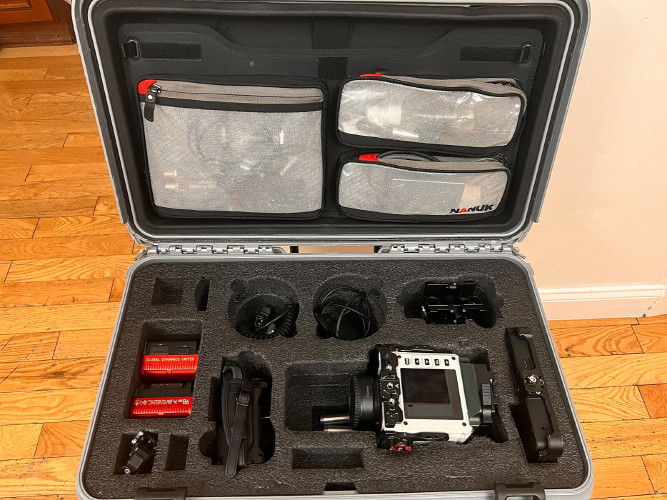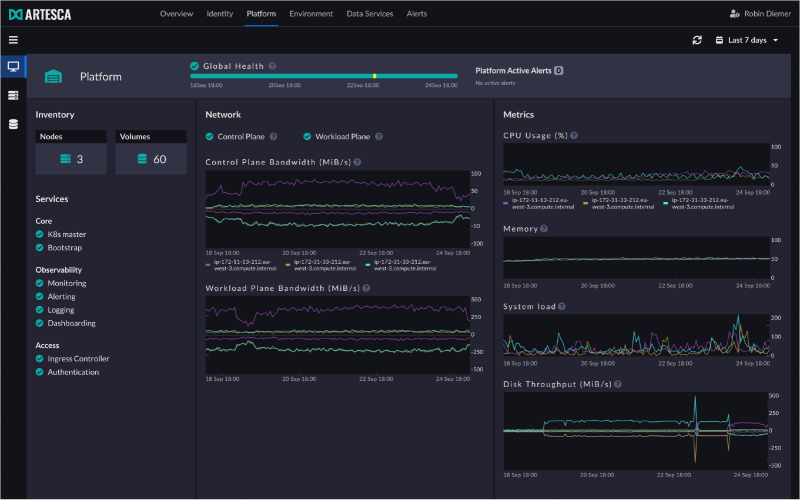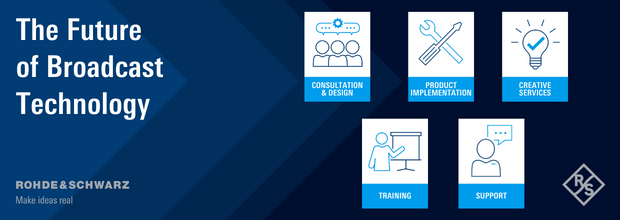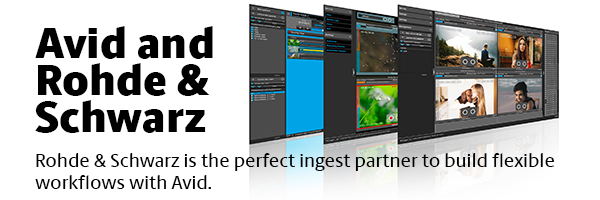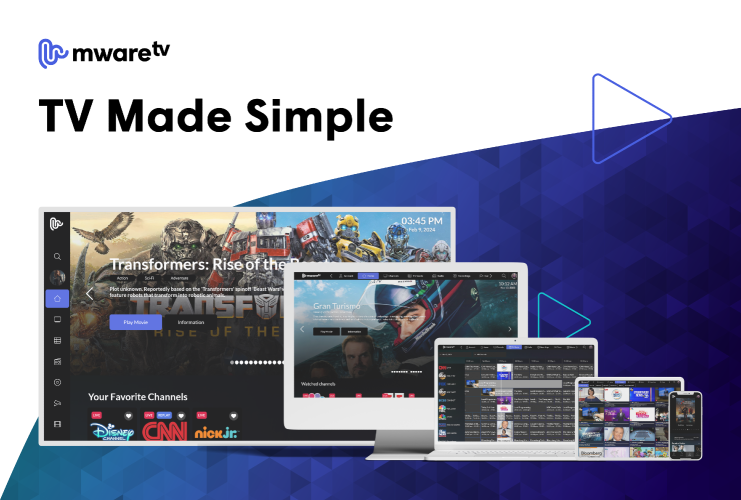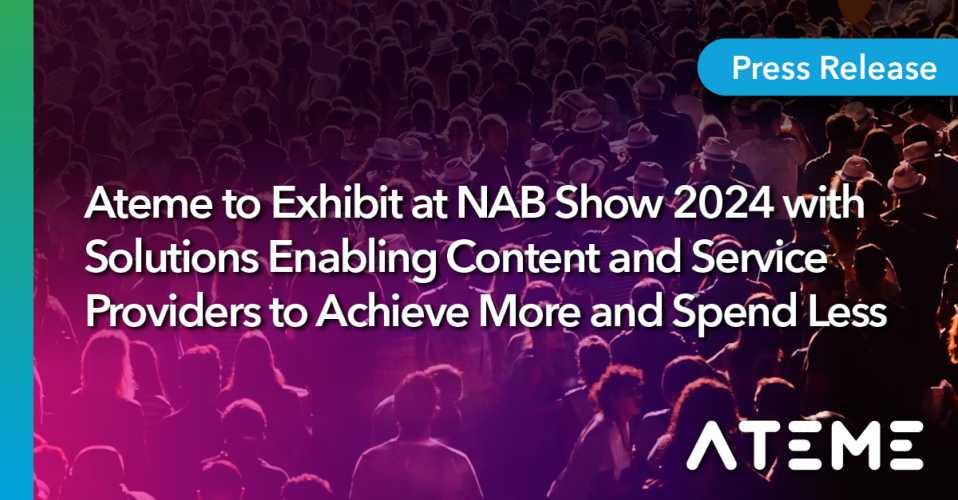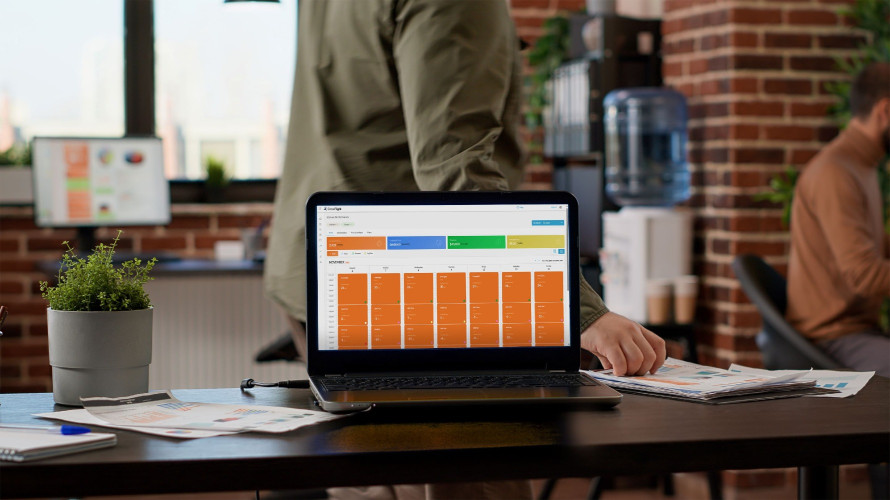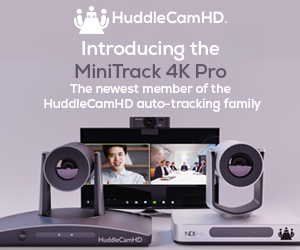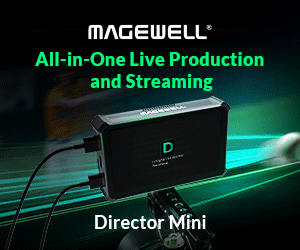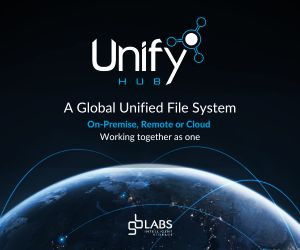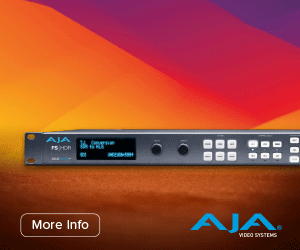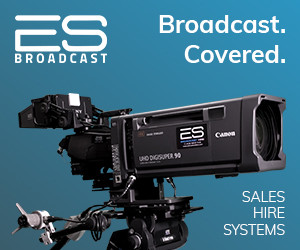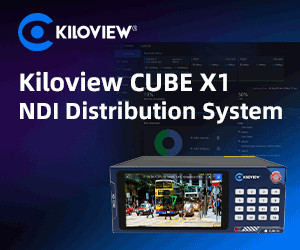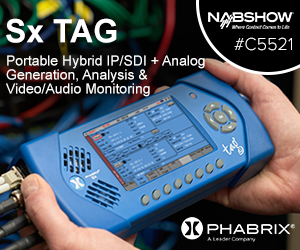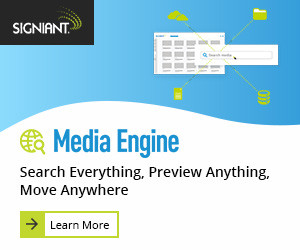With the buzz of ‘cloud’ everywhere in our industry it would be natural to think that cloud is the only game in town. Isn’t it time to step back and consider very carefully how, or whether, you make that journey to the cloud?
The pandemic has been front and centre in our minds for close to two years now. Overnight, facilities had to either shut down or adopt dramatically new workflows, to protect staff while keeping the channels on air.
That meant workarounds that pushed SDI, and even SMPTE ST2110 IP, to the limit and beyond. We had to find new ways of working quickly. The temptation to turn to the cloud – with its rapid set-ups and low capex – has been strong. Cloud storage and processing has the tremendous advantage of being inherently perfect for remote working.
Research by Devoncroft in 2018 said that the media industry’s use of the cloud would increase by 88% from 2016 to 2021. And in 2018 we had never heard of covid-19.
But making major technology strategy decisions under unprecedented pressure is not a sure-fire way to achieve optimum goals. Now we have time to breathe again and consider what we actually want to achieve in the future.
Let’s take a step back. For the first 75 years of the history of television we depended upon specialist hardware. Television is hard: it requires doing a lot of processing and transmission of signals not only in a short space of time but in a closely defined time. If we do not get a fresh picture every 40 milliseconds then we notice, and we complain.
The problem with specialist hardware for what is a relatively small market is that it is inherently expensive. Amortisation of research and development expenses, and indirect manufacturing costs, represents a very much larger proportion of production switcher revenue which sells 1,000 units than Apple which sold 22.6 million computers in 2020.
Standard, commercial-off-the-shelf computers were rapidly gaining processing power, until they reached the point where they could perform enough operations per second to process and deliver video. That slashed the hardware cost of increasingly sophisticated media devices, like very large, very secure storage networks.
Note that it was only the hardware cost that was slashed. To get the sort of performance we need – a new picture every 40ms with five nines reliability – still requires very clever (and industry-specific) software. But it is generally agreed that the software-defined broadcast architecture was a huge step forward.
With the video production and delivery chain implemented on COTS hardware, it made sense to move away from our tried and trusted (but also industry-specific) SDI connectivity. Computers talk IP to each other, so can we pass our video signals over IP?
That was not easy. IP was possibly the very opposite of what we wanted for video. IP is a protocol designed to absolutely guarantee that the complete message goes from sender to receiver over the internet. No-one really minds if an email arrives in 10 milliseconds or 10 seconds, but they do care if it is garbled when it arrives.
But clever minds were brought to bear and we developed deterministic approaches to IP to achieve what we needed. The approach was standardised in SMPTE ST-2110. Alongside that, AMWA has developed IS-04 and IS-05, two more standards around discovery of devices and their management around a network, which go a long way towards giving us the plug-and-play convenience we have long enjoyed.
The result is that the hardware platform is (largely) standard computers of the sort that also power insurance companies or airline ticketing. Communication between broadcast applications is now also over a completely standard protocol.
We still require specialist software to do the very specific things we need, but we can also take advantage of modern system design like virtualization. This breaks each process down into the smallest viable unit, and combines them as and when necessary.
There are two advantages here: first is that you only need to develop each microservice once, so development costs are spread over many more devices; and secondly, you only need to run the specific microservices you need at any one time, saving processor power. Saving processor means you can do more with the same hardware, not to mention boosting your green credentials by using less electricity and air conditioning.
And that brings us back to the cloud. Software can be virtualized to run on standard IT hardware and communicate over ethernet. That software can run on dedicated devices in your machine room, or you can use virtual machines to make a more efficient architecture on blade servers. Or you can hand all your processing over to the corporate data centre, sharing resources with advertising billing and payroll. Or you can put it in the cloud, where a specialist company will only charge you for the processing time and storage space you actually use.
Cloud processing and storage means letting your media out of your building, so security is a big concern. Rather than get locked in to single-vendor solutions, there is growing interest in the Gaia-X project - a pan-European initiative for a transparent and secure digital eco-system, where data and services can be made available in an environment of trust.
Now that the panic stage of the pandemic is (mostly) over, you can take a considered approach to the future of your technical environment. Moving from SDI to IP is pretty much inevitable but it need not be done immediately or as a big bang / all-at-once. You should plan for a well-ordered transition that takes advantage of new benefits without disposing of the existing investment in capital hardware that you are using today.
Should you move to the cloud? There are many questions to ask if it is right for you, not least is your corporate financial strategy ready to move from a capex model – buy heavy metal – toward a more flexible opex model, where you can set the income from specific services against the cost of providing them. Those costs, incidentally, will include the connectivity to and from the cloud as well as the services within the cloud: the transfer and egress costs are frequently a significant part of the cost.
To help you through these decisions, it is good to have a trusted partner at your side. Rohde & Schwarz has decades of experience in broadcast and media, providing innovation and excellence to users worldwide - and a global professional services team who have the experience in delivering successful transition projects for major broadcasters.
Today our modular offering is based on a set of core technologies: Studio production servers, Master Control Playout & Automation, Intelligent media storage and software-defined IP multiviewing and monitoring. All are designed to address these challenges around SDI to IP to cloud and hybrid deployments.
Alongside the technical excellence is the expertise and experience to help you decide
on the way forward. Rohde & Schwarz software-defined, virtualizable solutions enable you to unlock the efficiencies of elastic computing, on premise, in a data centre or in the cloud- you determine the speed and trajectory of your transition.






